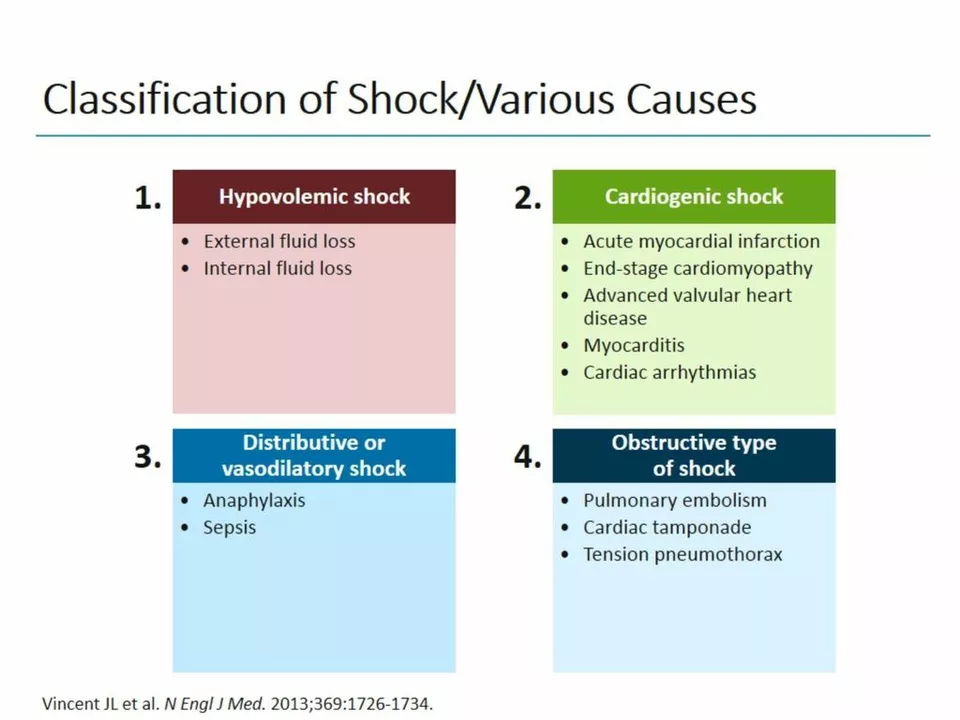Arrhythmias: What They Are and How to Handle Them
If your heart feels like it’s skipping beats or racing for no reason, you might be dealing with an arrhythmia. In plain terms, an arrhythmia is any irregular heartbeat – too fast, too slow, or just out of rhythm. Most people experience a flutter now and then, but some patterns can signal a bigger issue that needs attention.
Common Types of Arrhythmia
The two most talked‑about arrhythmias are atrial fibrillation (AFib) and ventricular tachycardia. AFib makes the upper chambers of your heart quiver instead of pumping smoothly, often causing a fluttering sensation in the chest. Ventricular tachycardia is a fast rhythm that starts in the lower chambers and can be dangerous if it lasts long.
Other common forms include premature beats (extra beats that feel like a hiccup), bradycardia (a heart rate slower than 60 bpm), and supraventricular tachycardia, which bursts into rapid beats suddenly. Each type has its own triggers – caffeine, stress, lack of sleep, or an underlying heart condition can set them off.
How to Manage an Irregular Heartbeat
First thing: don’t ignore the signs. If you feel dizziness, shortness of breath, chest pain, or fainting, call a doctor right away. Those symptoms could mean the arrhythmia is affecting blood flow.
For milder cases, lifestyle tweaks often help. Cutting back on coffee and alcohol, staying active with moderate exercise, and getting enough sleep can keep your heart rhythm steadier. Keep an eye on any medicines you take – some over‑the‑counter cold remedies or weight‑loss pills can stir up irregular beats.
If symptoms persist, a doctor may suggest monitoring with a Holter device or an event recorder to capture the rhythm over 24–48 hours. Treatment options range from simple beta‑blockers that calm the heart, to procedures like cardioversion (a quick electric shock) or catheter ablation where doctors destroy tiny tissue spots causing the trouble.
Even if you need medication, most people find they can return to normal activities quickly. The key is staying informed: know your trigger list, track how often episodes happen, and follow up with regular check‑ups.
Bottom line? Arrhythmias are common, but they’re manageable when you recognize the signs early and take practical steps. Stay active, watch caffeine, and keep a dialogue open with your healthcare provider – that’s the best recipe for keeping your heart on beat.

Living with arrhythmias can be both challenging and triumphant, as I've discovered through my own experiences and the personal stories of others. The physical and emotional toll of dealing with an irregular heartbeat can be overwhelming, but many of us have also found strength and resilience in the face of these challenges. Adapting to lifestyle changes, finding the right treatment, and embracing a supportive community have been key to overcoming the obstacles presented by arrhythmias. Through sharing our stories, we hope to inspire others who are also on this journey and provide a sense of belonging and understanding. Together, we continue to navigate the ups and downs of life with arrhythmias and celebrate our triumphs along the way.
Read more
